White-backed Mousebird
Posted: Wed Mar 12, 2014 12:05 pm
425. White-backed Mousebird Colius colius (Witkruismuisvoël)
Order: Coliiformes. Family: Coliidae
Description
It has a height of 34 cm, with the tail comprising approximately half the length. The upperparts, head, prominent crest and breast are grey; the lower back white, bordered with black; the rump maroon; the belly buff. The bill is bluish white with a black tip, and the legs and feet are coral pink. The eyes are brown. Sexes are alike in plumage and the males are slightly larger.
Paler than both the Speckled Mousebird and the Red-faced Mousebird, the other two mousebirds in its range. Greyer than Speckled Mousebird. Tail shorter and flight weaker than Red-faced Mousebird.
Distribution
It is near-endemic to southern Africa, occurring from south-western Angola to Namibia, western and central South Africa and southern Botswana in the arid and semi-arid regions.
Habitat
It generally prefers the area around rivers running through sparse woodland. It can also be found in farmyards, parks and orchards.
Diet
It exclusively feeds on plants, especially fruit but also leaves, shoots, flowers and nectar. It usually forages in trees, bushes and shrubs, rarely going down to the ground to pick up a fallen fruit.
Breeding
The White-backed mousebirds are monogamous. The nest is built by both sexes, consisting of a small, shallow bowl of twigs, leaves and grass. It is often lined with fluffy seeds, down and occasionally sheep's wool. Egg-laying season is year-round, peaking from September-October. It lays 1-6, usually 2-4 eggs, which are incubated by both sexes for 11-13 days. Once the chicks have hatched, the eggshells are trampled into the nest. The chicks are brooded non-stop from when they hatch to when they leave the nest. In captivity, the chicks stay in the nest for 11-20 days, becoming independent at about 21 days old.
Call
They communicate with sharp krik-krik vocalisations and a variety of other sounds, including a pleasant whistled zwee-wewit. Listen to Bird Call.
Status
Endemic; common resident.
Order: Coliiformes. Family: Coliidae
Description
It has a height of 34 cm, with the tail comprising approximately half the length. The upperparts, head, prominent crest and breast are grey; the lower back white, bordered with black; the rump maroon; the belly buff. The bill is bluish white with a black tip, and the legs and feet are coral pink. The eyes are brown. Sexes are alike in plumage and the males are slightly larger.
Paler than both the Speckled Mousebird and the Red-faced Mousebird, the other two mousebirds in its range. Greyer than Speckled Mousebird. Tail shorter and flight weaker than Red-faced Mousebird.
Distribution
It is near-endemic to southern Africa, occurring from south-western Angola to Namibia, western and central South Africa and southern Botswana in the arid and semi-arid regions.
Habitat
It generally prefers the area around rivers running through sparse woodland. It can also be found in farmyards, parks and orchards.
Diet
It exclusively feeds on plants, especially fruit but also leaves, shoots, flowers and nectar. It usually forages in trees, bushes and shrubs, rarely going down to the ground to pick up a fallen fruit.
Breeding
The White-backed mousebirds are monogamous. The nest is built by both sexes, consisting of a small, shallow bowl of twigs, leaves and grass. It is often lined with fluffy seeds, down and occasionally sheep's wool. Egg-laying season is year-round, peaking from September-October. It lays 1-6, usually 2-4 eggs, which are incubated by both sexes for 11-13 days. Once the chicks have hatched, the eggshells are trampled into the nest. The chicks are brooded non-stop from when they hatch to when they leave the nest. In captivity, the chicks stay in the nest for 11-20 days, becoming independent at about 21 days old.
Call
They communicate with sharp krik-krik vocalisations and a variety of other sounds, including a pleasant whistled zwee-wewit. Listen to Bird Call.
Status
Endemic; common resident.
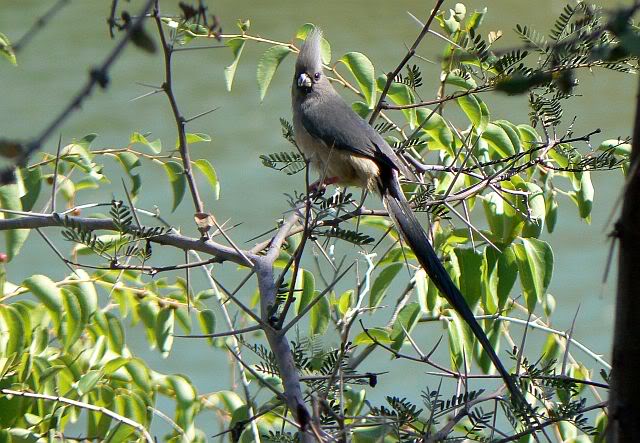
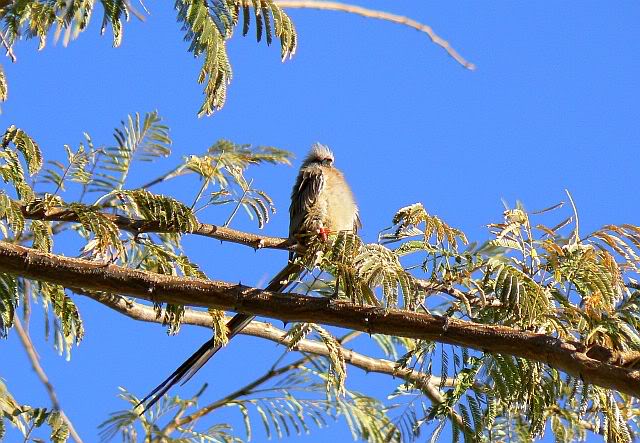
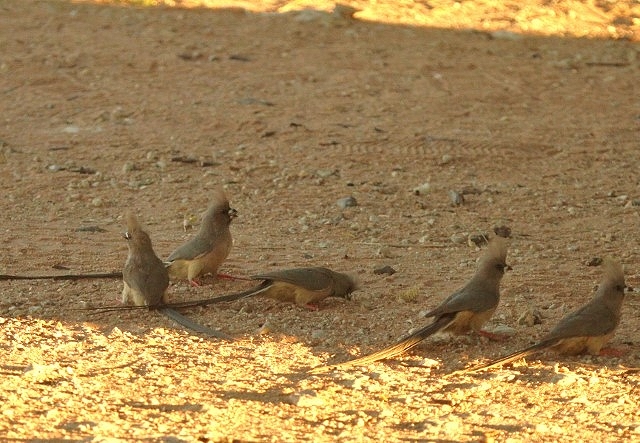 © nan
© nan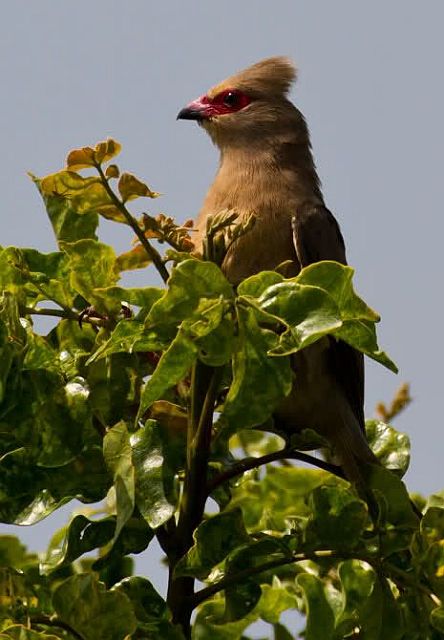
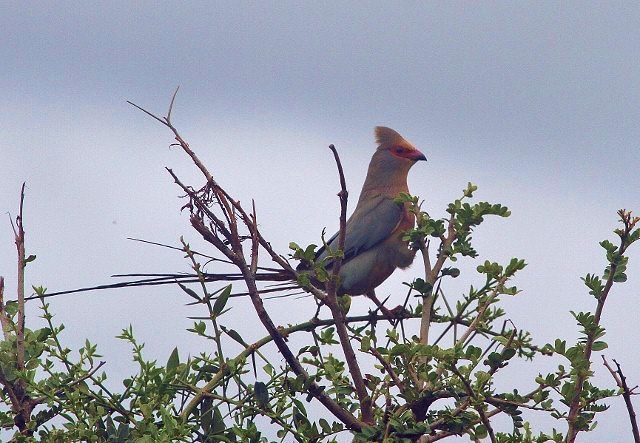 © nan
© nan
 © Tina
© Tina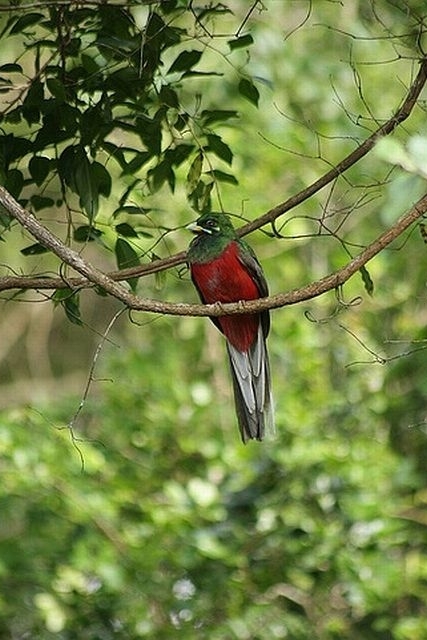 © flying cheetah
© flying cheetah